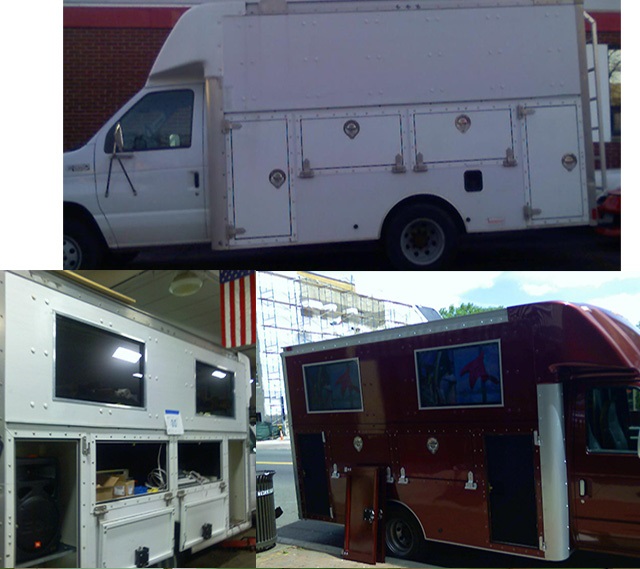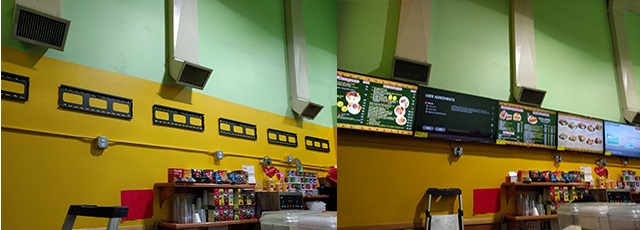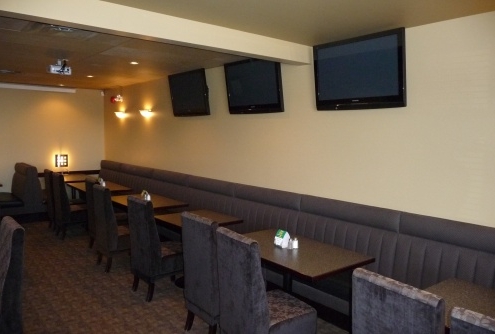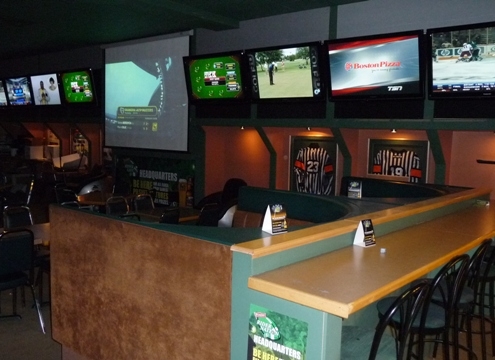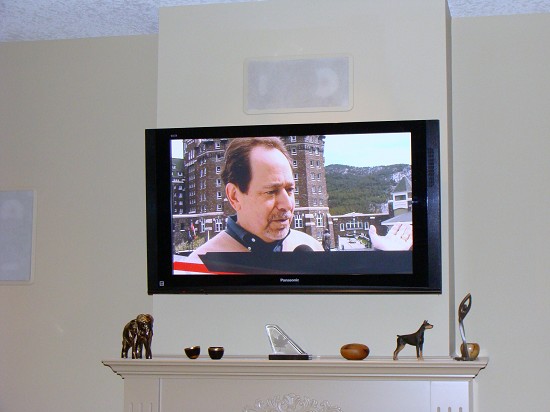VIDEO DISTRIBUTION
Video distribution, or more correctly media distribution, systems are an essential component for any medium to large scale campus or corporate holding. These systems provide information, entertainment, and security to institutions serving large groups with differing needs.
Simple Solutions and Limitations
The basic definition of a video distribution system generally can be explained as an ability to get media from a source or sources to a screen or multiple screens, often called sinks.
The simplest video distribution system consists of a single video source, such as a cable TV box, delivered to multiple video sinks via a simple passive splitter. A common example is the sports bar scenario, where a location has an array of video monitors which can be fed the same sporting event.
While the simple splitter setup can work in analog systems with relative ease and minimal maintenance it has large limitations when running cables any great length. The distances depend on several factors including signal type and cable quality. The problem is that without any help or processing a straight electrical signal will eventually succumb to the effect of the wire and begin to degrade the signal.
To demonstrate the effect long cable runs have on a video signal, imagine the video signal from your cable box as a series of square waves with distinct edges. As the signal travels further down the cable length the innate resistance begins to round off the edges of the signal. This rounding makes the edges less distinct and the signal smaller in height. The result is an image which is far softer and less detailed than the original.
To compensate for this degradation of signals a number of intermediary boxes can be added. These units are placed inline to amplify the signal at various point in the topology. These boxes may include powered (or active) splitters, inline amplifiers and units at the monitor end.
A moment’s thought makes clear that any larger scale installation requires some serious amounts of gear, cable management and issues of keeping all monitors looking the same.
Existing Vs New cable
It may seem odd to start with the cable but the topology dictates the requirments of the rest of the system and how it will work.
Rather than solid copper, like the coax example in a sports bar, the cable of choice is twisted pair category cable. The CAT cable provides a number of advantages over previous standards. Improvements include a better bend ratio, more flexibility in getting around corners and tight conduit, to better tools for handling signal error and loss. The connections are also an advantage as nearly every tech and IT person has experience with terminating the RJ45 used.
You will have most probably defaulted to seeing or even saying aloud ‘CAT 5 cable’ when reading the above. While many manufacturers will claim compatibility with pre-existing wiring schemes there are caveats in doing so.
CAT 5 cable, with its relatively loose twists per inch and being UTP (Unshielded Twisted Pair), is not built to carry for any great length the bandwidth and throughput speeds required. A close reading of the manufactures specifications and limitations when using CAT 5 or CAT6e is very important.
It may be possible to install a well-known twisted pair distribution solution utilizing an existing cable. In many cases this will result in shorter distances or requirements for more intermediary booster boxes to accomplish the same coverage.
For high reliability, future proofing and less need for signal compression and processing it is always advisable to replace CAT 5 with CAT6e when installing for media distribution.
Matrix (More of The to More of Those)
It is highly unlikely that any campus or corporate offices would desire only the ability to send a single source to a set of widely separated monitors all the time. With the variety of content sources available we need a way to smoothly route these to one, all or a selected number of video sinks.
The matrix provides us with the ability to take in these disparate sources and formats and send them along to where they are requested or needed. All of this must be accomplished without interrupting the viewers watching other content on the same network.
A matrix of any quality should be able to handle the switch transition between sources, regardless of formats being switched between with no artifacts. This may seem a small thing to point attention to, but in fact it is very important. When using a system over the long term a matrix which produces glitches, flashes or artifacts between sources becomes an annoyance to users, distracting to viewers and looks less than professional.
Matrix boxes can come in two configurations.
The first is a closed chassis – where the number and type of connections are set and enclosed in shell. Products in this way ensure a quality of operation for a specific duty and reduce intrusion of dust and any prying hands.
The second is the card cage model. This is where installers can add cards with the appropriate configuration of connectors and processing as needed for the job. Card cages tend to be a bit more expensive initially but the ability to add or replace cards as needed saves purchasing an entirely new unit or units.
Receiver Boxes
When the signal finally arrives at the destination monitor, or in electrical terms the sink, it must be converted from the compressed signal (if compressed) and signal type. Most video monitors do not come with a CAT 5 input as the number of standards is too overreaching to accommodate them all.
Receiver boxes are generally mounted in an electrical wall mount box just behind the video monitor, or more frequently attached to the rear of the unit. The twisted pair cable comes in one side and is processed to be broken out, error corrected and amplified as needed to the signal format required.
The sink end boxes insure that the signal received is optimal and reduces the need for intermediary booster boxes or signal amplifiers. This simple but effective technique helps ensure reliability and reduces cost of the system overall.



